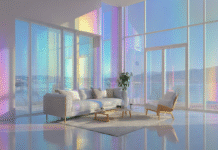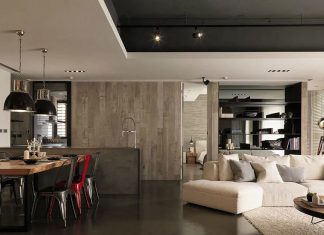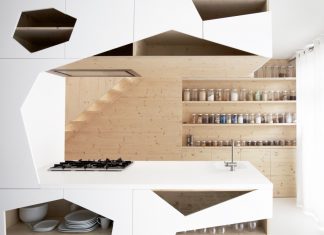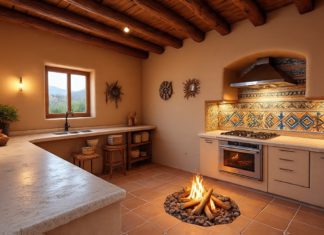Tiny houses aren’t the best spaces for maximalist interior design — that is, not unless you’re fond of tripping over everything in your path. When you have minimal space, you’ll want to focus on minimalist design. How? These are four interior design tips you should follow in a tiny home.
1. Pare Down Possessions
Trying to squeeze in everything that used to fit inside your old home is not a great plan, especially when that home was much, much bigger. So, before you move into your tiny house, you should pare down the possessions you plan to bring with you.
Go through all of your personal items with the help of the Marie Kondo method. This will help you remove any items that are unnecessary and uninspiring from your packing list. If Kondo’s method doesn’t suit you, look to other home-organizing experts, like Peter Walsh or Joshua Becker. The goal is to find a way to shrink your number of belongings and ease into your smaller living space.
2. Add Storage Solutions
Minimalist interior design is clean and free of clutter. To achieve that look, you should have multiple storage solutions around your tiny house to help you prevent clutter from getting out of control.
Get furniture with built-in storage options, like a bedframe with pull-out drawers underneath it or a hollow footstool meant for stashing small items like remotes and video game consoles. You can create additional storage by installing floating shelves, cabinets and cubbies on the walls.
3. Go Digital
When it comes to certain products, you can save on space by choosing digital copies over physical ones. Instead of filling your shelves with paperbacks and hardcover novels, you can fit an entire library of ebooks onto an e-reader. You can also fit plenty of audiobooks onto your smartphone. If you want to save money, along with space, you can borrow ebooks and audiobooks from the library.
Instead of records and CDs, get digital albums and songs. Instead of DVDs, get movies through streaming accounts. Instead of putting heavy photo albums on your bookcases, keep digital albums on your smartphone. Going digital will free up space for other essentials.
4. Go Neutral
When you’re planning to paint the interior of your tiny house, you should stick to a neutral color palette. Don’t pick up a cluster of paint swatches and wallpaper samples in trendy shades and patterns. The space is so small that painting different sections in wildly different styles will feel busy and chaotic.
A light neutral palette can make the whole space feel more cohesive. It can also make it appear bigger and brighter. Darker, heavily patterned walls could make the space feel more cramped.
Downsizing to a Tiny Home
You’re clearly interested in tiny home living. So, how can you get your hands on one? One way to do it is to purchase a shipping container and convert it into the home of your dreams. Standard shipping containers come in 20ft and 40ft versions — which are both convenient sizes for anyone who wants to downsize. And if you need a little more space, multiple shipping containers can be stacked and attached together to create a bigger building.
Before you purchase the containers for your tiny home construction, you should do your research. Find out what states allow shipping container homes to confirm whether it’s safe to build one in your location. You’ll also want to look into local zoning laws and building codes to see whether you need to follow certain regulations, like applying for a building permit before tackling a project. It’s better to find out that information early, than halfway through your construction.
A tiny house doesn’t have to feel cluttered. As long as you keep your design minimal, it should feel completely comfortable!













